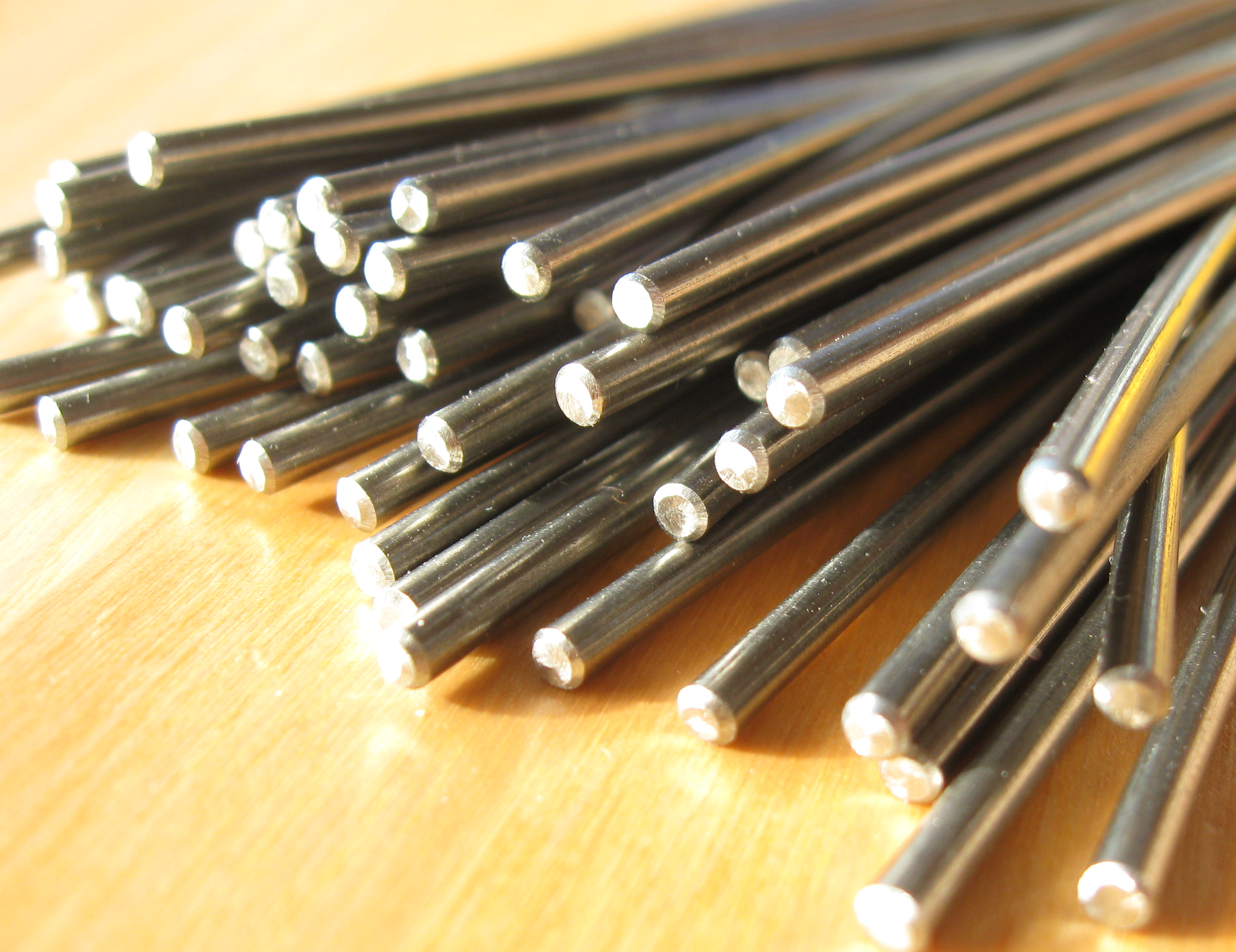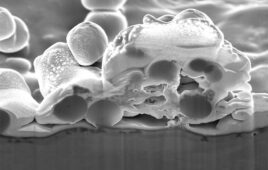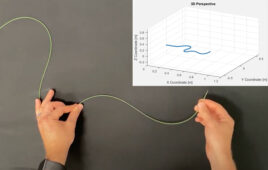Tools meant to help healthcare professionals bolster infection prevention efforts can sometimes be overly focused on singular areas of vulnerability, losing sight of the sprawling interconnectedness of patient care. No matter how rigorous the hand-cleaning protocols, for example, simply touching a curtain in a hospital room can suddenly increase the likelihood for picking up and then spreading harmful bacteria.
If that’s the case, the innovators at umf Corporation reasoned, why not develop a solution that can embed infection prevention into just about anything?
“We’re in the process of introducing a new patented and trademarked technology we’ve developed: Micrillon,” explains George Clarke, CEO and founder of umf Corporation, best known for the extensive line of PerfectCLEAN products. “When you put the chemistry into a polymer, it goes in and actually gets incorporated into the polymer chain. This built-in antimicrobial product protection is rechargeable for the life of the product.”
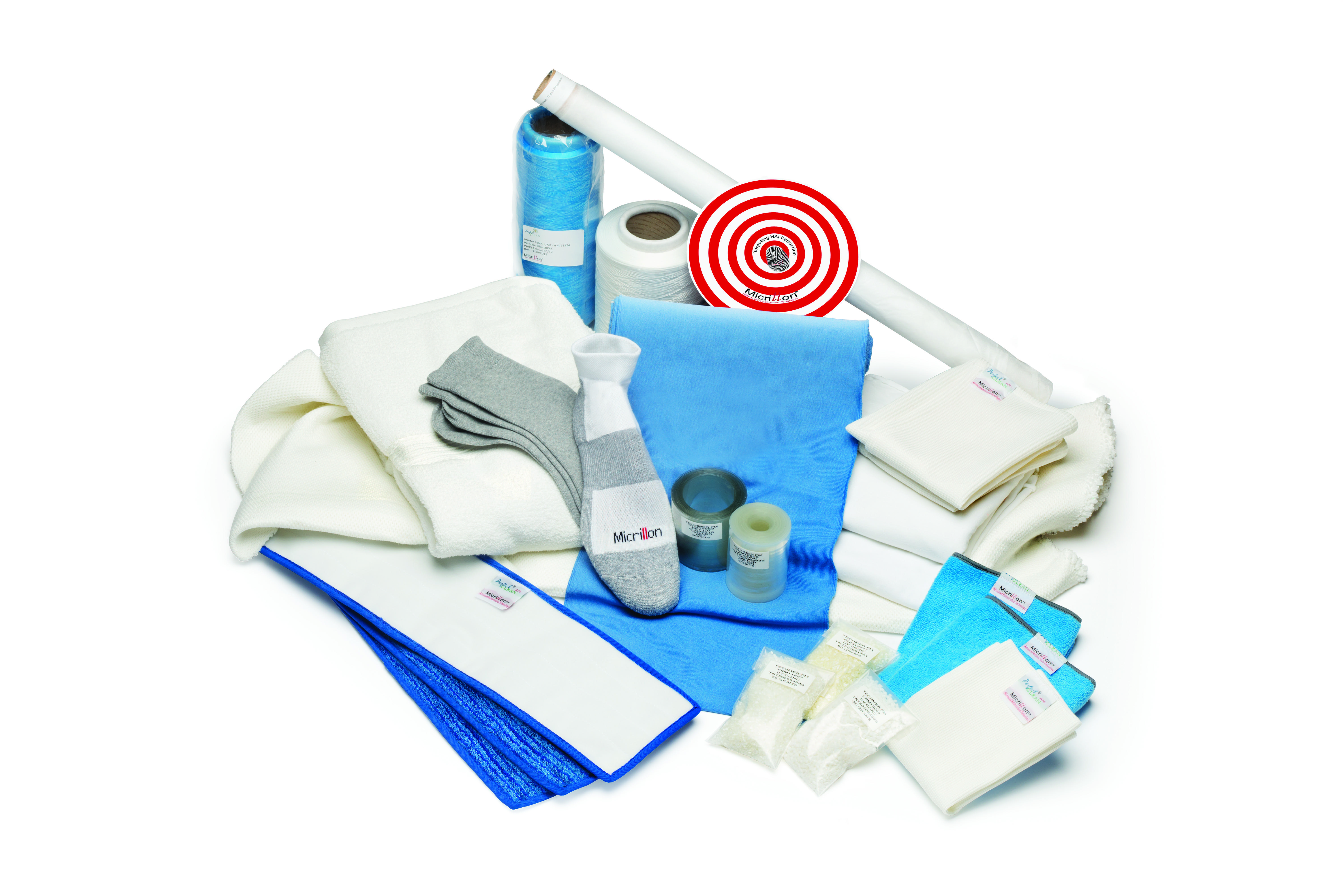
(Image credit: umf Corporation)
Micrillon essentially charges the surface of the product with chlorine molecules that have the capability to eliminate any bacteria, mold, or viruses that come into contact with the item’s surface. The unique properties of Micrillon make it endlessly effective. Wiping down the object with a Micrillon fiber cloth and any disinfectant with a chlorine base automatically recharges the surfaces. QR codes and barcodes on the privacy curtains feed information to a database and associated app to help staff manage the cleaning cycles.
“Because we’re using chlorine as the active antimicrobial, Micrillon surfaces are effective against bacteria, viruses, fungi and spores,” says Clarke.
And the chlorine molecules stay put in the Micrillon product.
“It doesn’t leach, and that was a key criterion for us,” Clarke says. “It doesn’t come out into the environment. Even if it did, it would be harmless. It’s all FDA-approved chemistry.”
The eventual goal is to incorporate Micrillon into all human high touch points in a healthcare setting. Since it can be incorporated into any polymer, there are countless possibilities, from room to fabrics to medical devices.
For starters, umf Corporation has introduced a handle that clamps onto the privacy curtains in patient rooms.
“Cubicle curtains in the hospital are a major concern for harboring pathogens that can cause infections,” notes Clarke. “Processing curtains is expensive and labor intensive. It’s easy to adjust the handle placement — simply push back the clamp, take it off. And every time the C-Pull is cleaned, the surface is recharged. The entire surface is covalently bonded with chlorine molecules. So when someone touch the C-Pull, it actually eliminates any organisms transferred from my hand.”
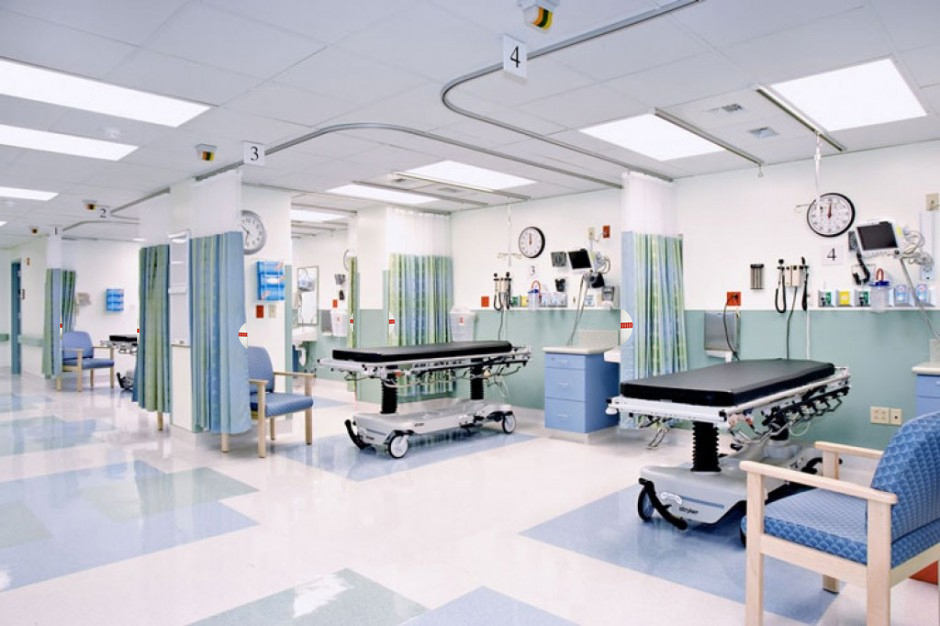
(Image credit: umf Corporation)
The Micrillon technology combines with established methodologies previously introduced by umf, such as their color-coded system with general cleaning tools that helps staff better manage items. Mops, wipes, and other cleaning accessories are color-coded to stay in certain areas, preventing pathogens and other bacteria from crossing the threshold of a room.
The company sells the products, but also delivers the added value of helping develop a system and training to maximize their effectiveness.
“We’re unique in that we actually go on site and train the people that use the products in the OR, the patient room, or the ICU on how to use them effectively,” says Clarke.
The breadth of protection will only increase as Micrillon gets added to more products. Trials are currently underway with acrylic paint that’s been dosed with the Micrillon additive.
“You take a gallon of paint, you add the additive, shake it up, and paint the wall,” Clarke says “And it has all the same properties. It’s antiviral and sporicidal.”
A grout is also in active development, and several other common items are at the prototype stage. The future, according to umf, could involve Micrillon being incorporated into most — if not all — surfaces.
“You’ll walk into a patient environment, you’ll do a 360, and everything that people touch — door handles, light switches, bed rails — will be made with rechargeable Micrillon surfaces,” predicts Clarke. “It will eliminate that risk of cross contamination.”

